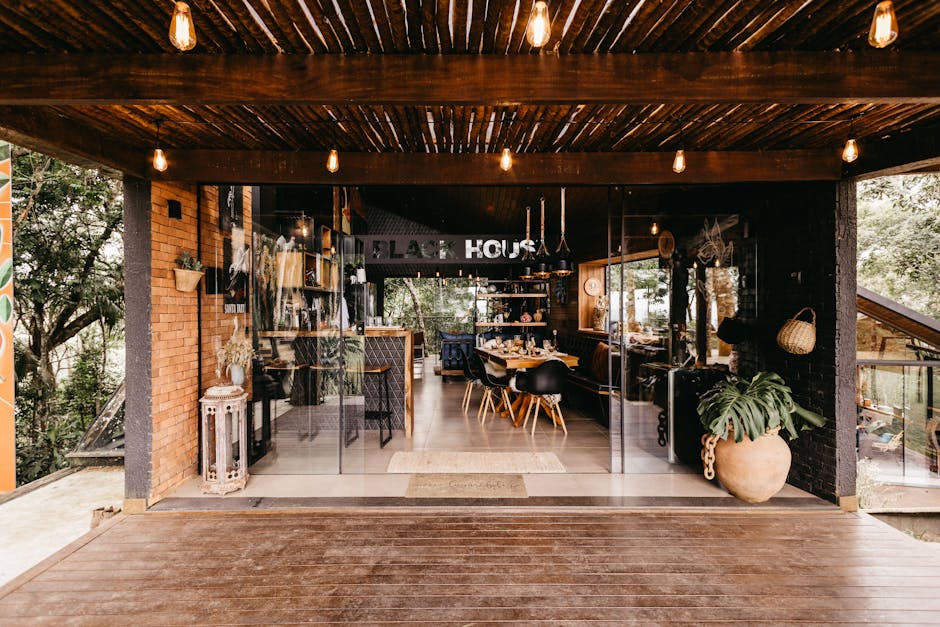Prefabricated Container Houses: Innovative Modular Living
Prefabricated container houses have gained traction as an innovative approach to modern living. These modular homes, constructed using repurposed shipping containers, offer a sustainable, cost-effective, and flexible housing solution. Beyond their practical benefits, they are celebrated for their architectural versatility and environmental advantages.

With urbanization on the rise and increasing demand for affordable housing, container houses are proving to be a viable alternative to traditional construction methods.
Understanding Prefabricated Container Houses
Prefabricated container houses are built from standardized shipping containers modified to meet residential needs. These containers, typically made of durable steel, ensure structural integrity and resistance to extreme weather conditions. Measuring 20 to 40 feet in length, they serve as the building blocks for homes that can be stacked, connected, or customized in various configurations.
The prefabrication process involves off-site construction of container modules, which are later transported to the building site for assembly. This method significantly reduces construction time and minimizes waste compared to traditional building techniques. The use of recycled materials aligns with the growing emphasis on sustainable development.
According to the International Organization for Standardization (ISO), shipping containers are designed for long-term durability and efficient transportation. This robustness makes them ideal for repurposing into modular homes. Their compatibility with prefabrication ensures consistent quality and facilitates rapid deployment in various settings.
Advantages of Modular Living
Container houses offer numerous benefits that cater to diverse lifestyles and needs. Compared to conventional housing, prefabricated container homes require fewer resources and less labor, reducing costs for homeowners.
The modular nature of these homes allows for significant design flexibility. Homeowners can choose between single-container studios or multi-container family houses tailored to their preferences. This adaptability enables seamless integration into both urban and rural landscapes.
Another key advantage is mobility. Prefabricated container homes can be relocated easily, making them an excellent choice for individuals who prioritize flexibility or need temporary housing solutions. This feature is particularly valuable in disaster-stricken areas where quick and efficient housing is essential.
Sustainability and Environmental Impact
One of the most compelling reasons to consider container housing is its environmental benefits. By repurposing used shipping containers, these homes help reduce waste and promote recycling. Each reused container represents approximately 8,000 pounds of steel that would otherwise be discarded.
The prefabrication process also enhances sustainability by minimizing material wastage during construction. Unlike traditional methods that often generate excess debris, container housing adheres to eco-friendly practices aligned with global efforts to combat climate change.
These homes can incorporate energy-efficient features such as solar panels, rainwater harvesting systems, and advanced insulation. Integrating green technology not only reduces the ecological footprint but also lowers utility costs over time.
Challenges and Considerations
Despite their advantages, container houses present unique challenges that potential homeowners must address. One primary concern is insulation. Shipping containers are made of metal, making them prone to temperature fluctuations if not properly insulated.
Zoning regulations and building codes vary by location, potentially complicating the approval process for container-based structures. Prospective buyers should familiarize themselves with local regulations before starting a project.
Structural modifications can also pose challenges. Cutting or welding parts of a container may weaken its integrity if not executed correctly. Collaborating with experienced architects and engineers is crucial to ensuring safety and compliance with standards.
Applications in Various Sectors
The versatility of prefabricated container houses extends beyond residential use. They have been adopted in various sectors due to their practicality and adaptability:
- Commercial Spaces: Containers are being transformed into trendy cafes, pop-up shops, and office spaces.
- Education: Schools in resource-limited areas utilize containers as affordable classrooms.
- Healthcare: Containers serve as mobile clinics or testing facilities in remote regions.
- Emergency Housing: Post-disaster relief efforts often deploy container homes for displaced communities.
The Growing Popularity Worldwide
Countries worldwide have embraced prefabricated container housing for its practicality and innovation. In Europe, cities like Amsterdam feature entire neighborhoods built from shipping containers to address student housing shortages efficiently. Similarly, in Asia, countries like Japan use modular designs for compact urban living solutions.
The United States has also seen a surge in interest due to rising housing costs in metropolitan areas like Los Angeles and New York City. Companies specializing in prefabricated solutions now offer customizable designs tailored specifically to American consumers' preferences.
A report by Allied Market Research indicates that the global modular construction market was valued at $131 billion in 2020 and is projected to reach $175 billion by 2027 (alliedmarketresearch.com). This growth underscores the increasing acceptance of innovative housing solutions such as container homes across different demographics.
A Look into Future Trends
The demand for prefabricated container houses is expected to grow. Advances in design technology will likely lead to more sophisticated layouts that maximize space efficiency without compromising aesthetics or functionality.
Furthermore, collaboration between architects and environmental experts will continue shaping eco-friendly innovations within this sector. The integration of renewable energy systems and smart home technologies will further enhance the appeal of these modular dwellings among environmentally conscious consumers.
The concept of prefabricated container houses embodies a balance between functionality and sustainability. As industries continue exploring innovative applications beyond traditional housing, these structures will play an increasingly important role in addressing modern living challenges while promoting environmental responsibility.
